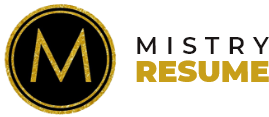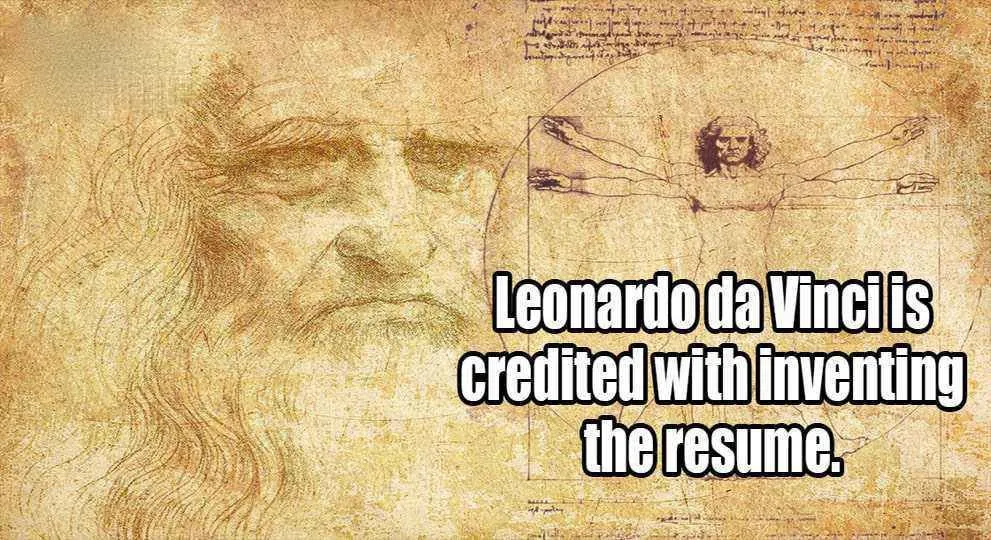People are visual, so the more you can show (rather than tell), the better. Your resume may say that you “built a company blog following of 15,000 engaged readers,” but with your personal site, you can take someone straight to the blog and show why it’s so engaging and what sets your work apart. By featuring work samples, sites you’ve worked on, articles you’ve written, whatever, your personal homepage can act as a digital portfolio of your online work and identity.
Though only 40% of companies use social media as part of their screening process, many more use it informally (and in my experience, hiring managers and interviewers who may not be on the HR side usually do their own research, too). So consider this: If a recruiter sees your resume and tries to find you on LinkedIn or Facebook, you could get lost among the other professionals who share your name. But if you have a personal website aggregating your various networks (and put that URL on your resume), you take all the guesswork out of finding you.
Brand New Strategy For Supercharging Your Thank You Letter!
In 2017, we’ve noticed a very interesting trend.
Thank you letters have started to lose their effectiveness, and, it’s pretty easy to see why. They’re boring!
Imagine you were a hiring manager for a second. You interview ten different applicants for a position, and nearly all of them send you a thank you email with nearly the exact same messaging. “Thanks for your time… I’m qualified for this position because… I want to work for you because…”, and so on, and so on, and so on… SNOOZE!
It almost makes you feel bad for the hiring managers, doesn’t it? (Okay not really haha.) The point is, if you are going to be the only person out of all of the applicants to get the job offer, you really need to stand out from your competitors, and, this is important from the time you submit your application all the way through the sending of your thank you letter. What can you do to stand out in your thank you email?
Drum roll, please…
Gasp! I don’t have a website, and I’m not sure I even need one…
Now before you pass judgement on the idea, there is a ton of evidence to suggest that hiring managers value a personal website more than any other part of your job search portfolio, including your cover letter, resume and LinkedIn Profile. I promise you that it’s nowhere near as terrible as it sounds, and if we’re being honest, it could be the difference between you getting the job offer or going back to the drawing board… again.
So How Does It Work?
Adding a link to your personal website on your thank you letter essentially allows you to “e-x-t-e-n-d the interview“.
What Does This Mean?
It basically means it allows the hiring manager to continue to engage with you (and your “brand”) long after the interview is over, making you exponentially more memorable and impressive than someone who doesn’t have a personal website. In other words, it acts as a small reminder to the hiring manager that if there are any remaining curiosities or unanswered questions left over after the interview, simply clicking the link will allow them to get everything they need from your website.
So Where Exactly Does One Put The Link?
After you have thanked the interviewer for their time and briefly summarized your qualifications (and a subtle reminder of the value you will be adding to the organization), you can close with something like this:
“If you have any more questions about my experience or accomplishments, please feel free to take a look at my website: www.John.Doe.com.”








